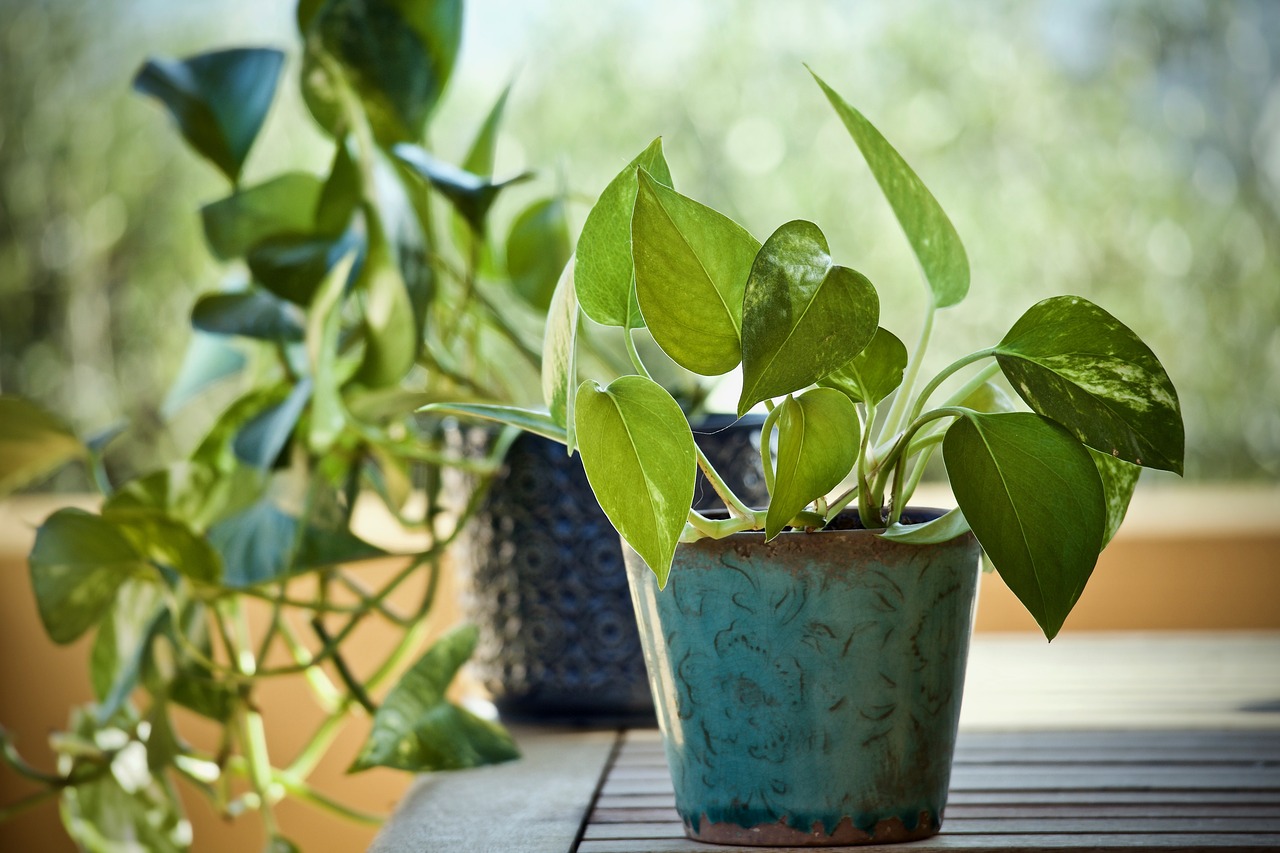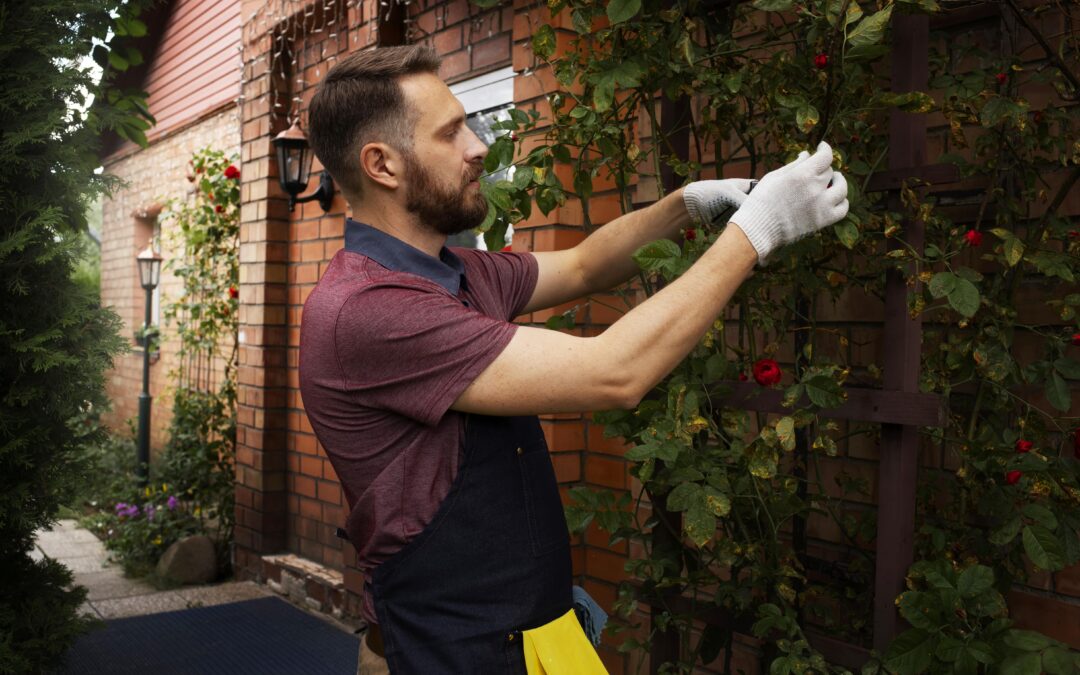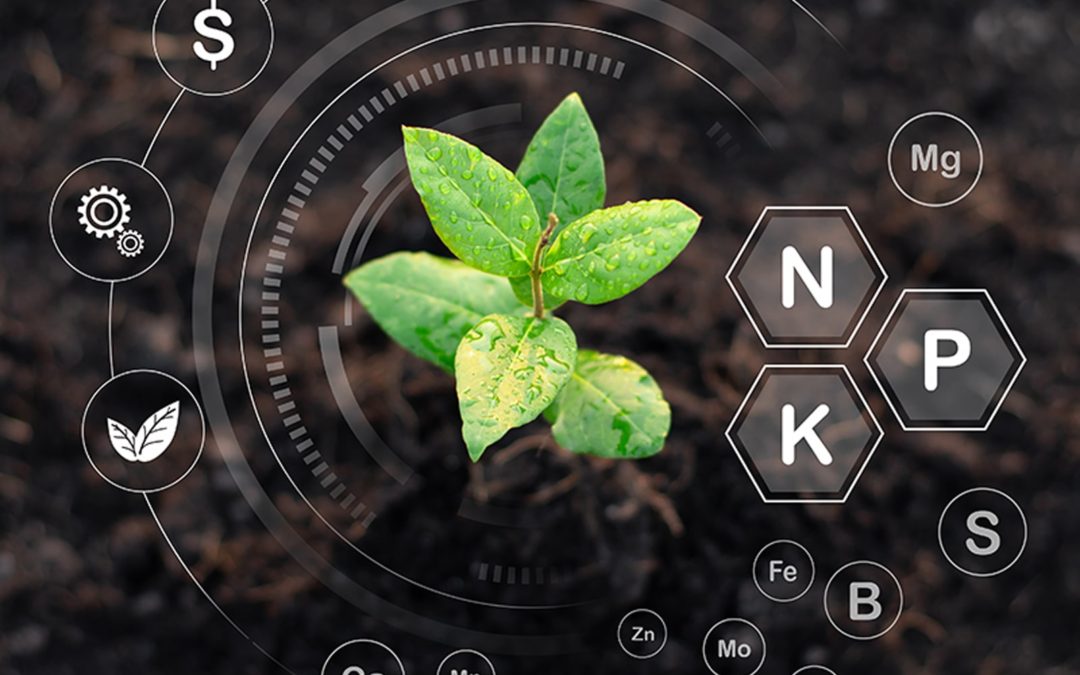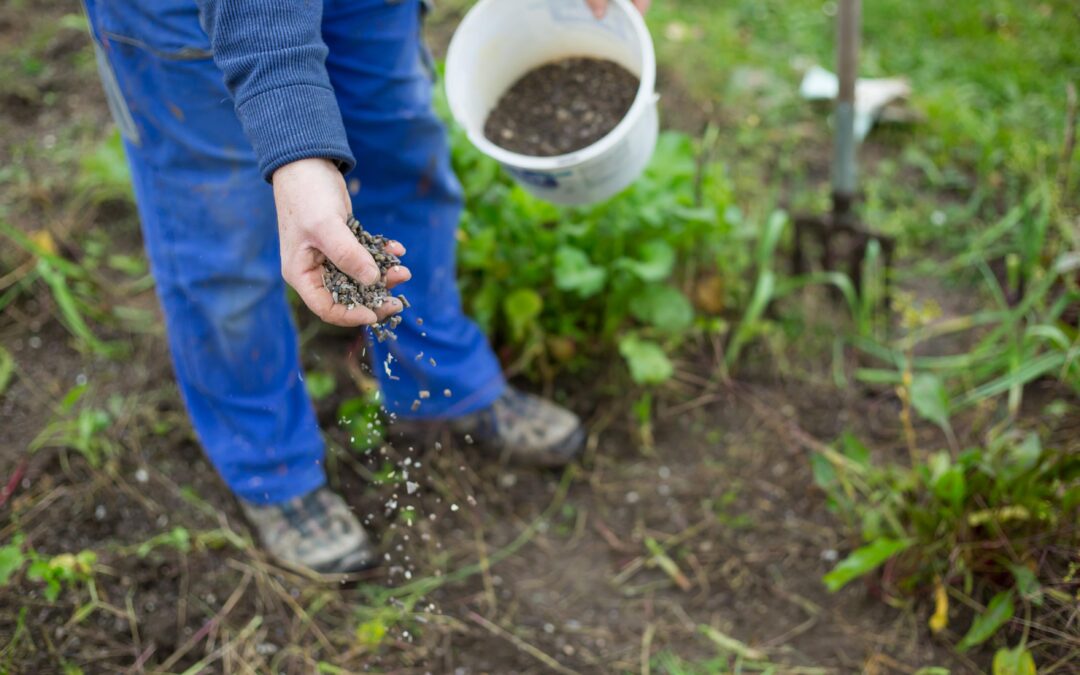The Pothos, or the Epipremnum aureum, belongs to Southeast Asia. It has the universal reputation of being one of the simplest houseplants to deal with. Its typical name, Pothos, comes from the genus it was once categorized under: Pothos aureus.
There are a couple of various cultivars of the Pothos you can watch out for to add your indoor plant collection, consisting of the Golden Pothos which is famous for its heart-shaped eco-friendly droopy leaves with variegation in yellow. The Jade pothos which has dark beautiful vivid leaves, and the Marble Pothos that bares green leaves with white patterned streaks.
In the wild, it is recognized to overgrow woodland floorings as well as tree trunks because of its airborne growth system which can be used of to aid it grow vertically in the your house up a coir pole. You can expect the Pothos to grow 10 feet long and expand leaves that are 3 feet in size if trained to climb up! The Pothos is suitable for interior settings since it is able to filter polluted air like formaldehyde from the air.
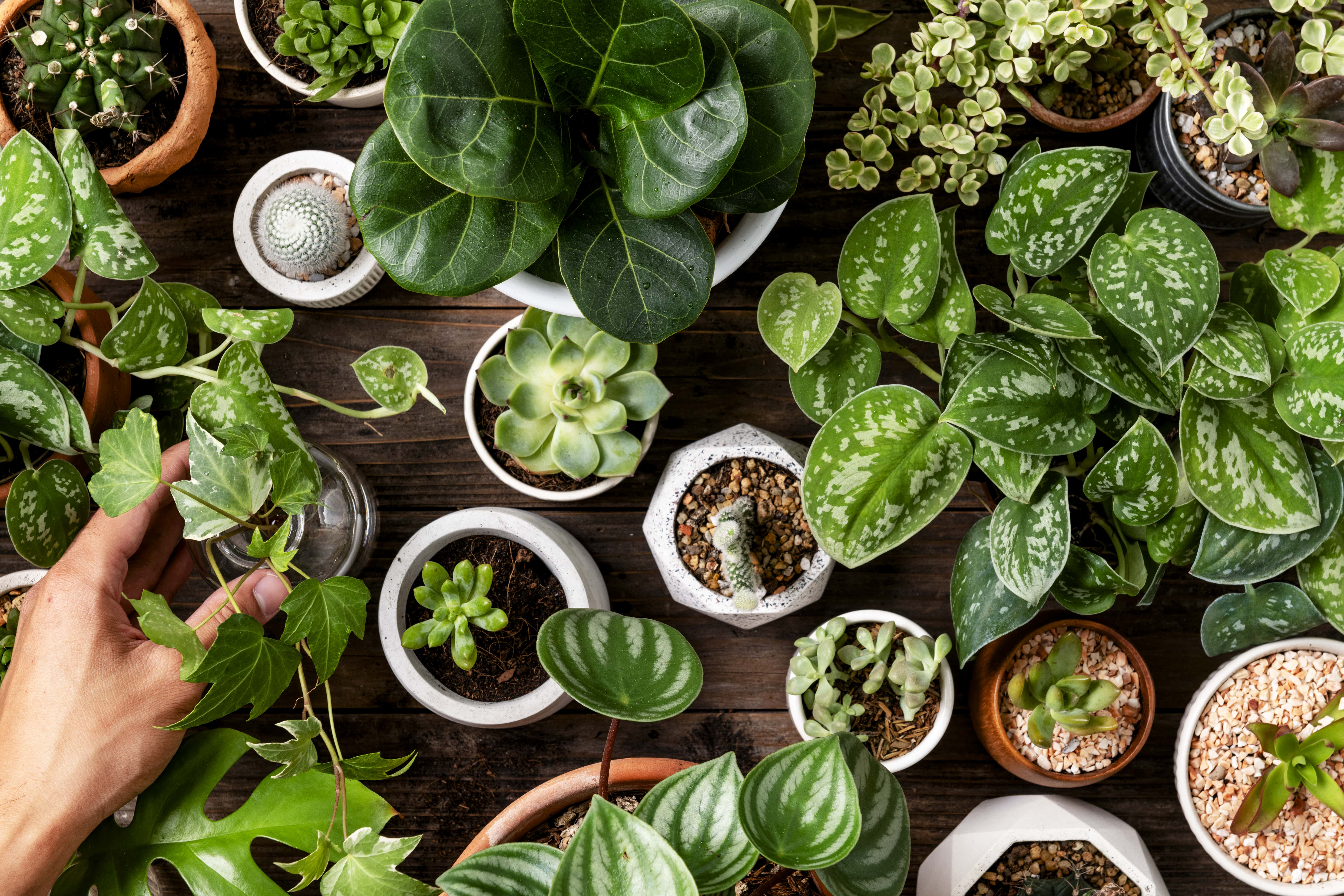
How to Make Your Pothos Plant Grow Bigger Leaves
1. Grow the Right Variety
The key to having pothos with larger leaves is that you need to opt for the species that normally generate huge leaves. Go with Hawaiian and Golden pothos, as they generate large foliage with creamy-white variegation.
2. Double-check While Propagating the Plant
If we take a saplling from variegated pothos and re-grow it, then the new plant grows with a similar pattern.
Similarly, when you proliferate the cutting from a large leaf’s pothos, then the new plant will inherit the similar qualities of the parent plant, and subsequently, will certainly grow larger and greener leaves.
3. Make Sure the Plant Obtains Right Amount of Sunlight from Direct Exposure
Pothos grows ideal when exposed to 3-5 hrs of bright and indirect sunlight. So, put it in an eastern area of your place where it can obtain straight exposure to the light early morning sun and indirect light for the rest of the day.
4. Water the Plant in a Correct Way
Underwatering pothos can impact the foliage size, and overwatering can trigger fungal troubles. So, water the plant when the topsoil feels a little bit or completely dry to touch.
5. Let the Plant Get Support Of a Tree or a Pole
It has been observed that pothos, when expanded on any kind of support like rope or pole, bears large-sized leaves. Due to the fact that in their native environment, these plants climb up over the neighboring trees, obtaining enough sunshine and air flow that causes big growth.
Train the plant to climb up a pole, close-by tree, or a pipeline in the yard. Likewise, make sure that the plant is not overgrowing its support as it will start to sag down, resulting in small leaves.
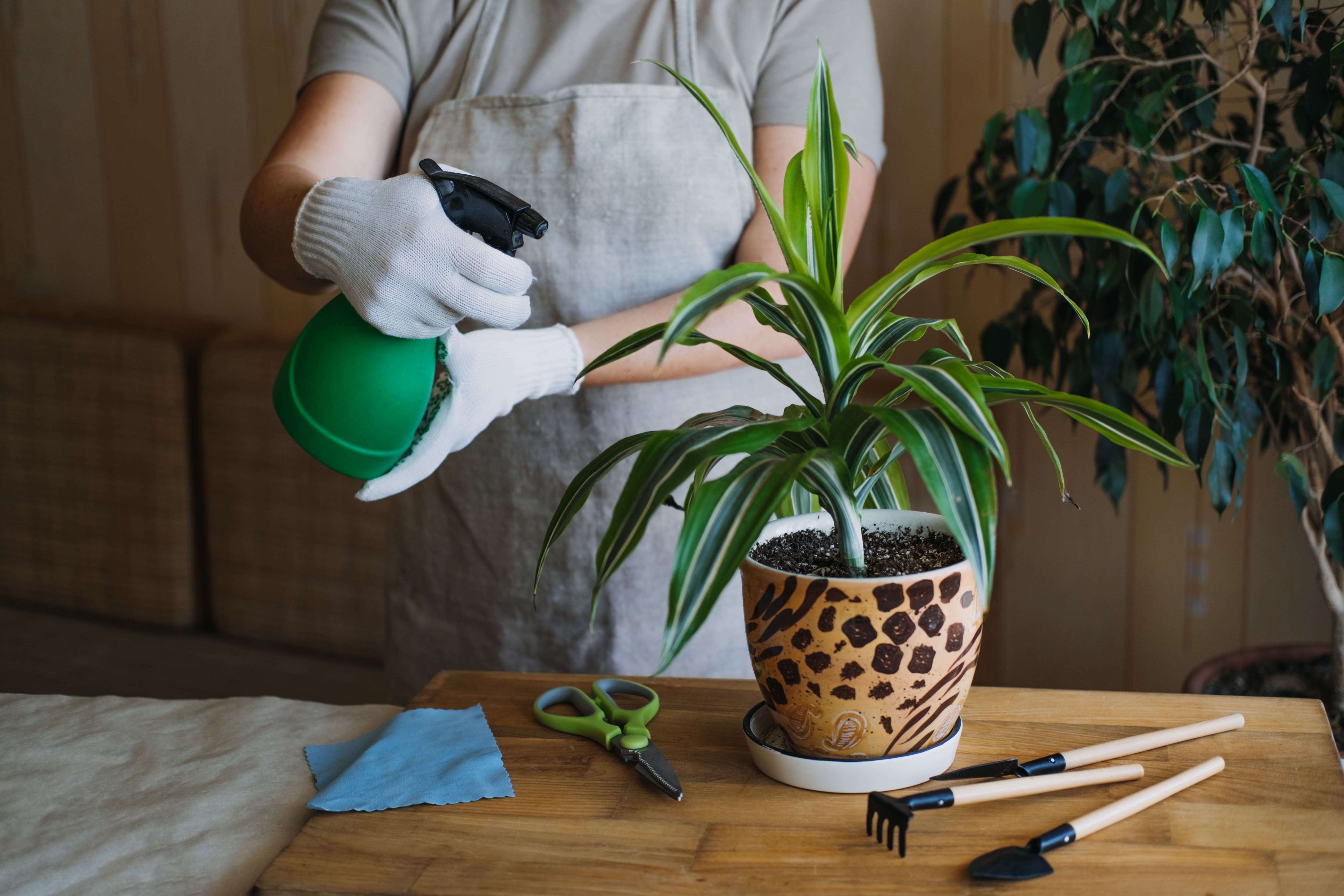
6. Fertilize the Plant to Increase the Size of the Leaves
Feed pothos with a balanced, water-soluble plant food, thinned down to 1/4 of its toughness, as soon as every 4-6 weeks. You can also include a little bit of Cow Dung Manure in the growing soil.
7. Re-pot the Plant After Getting it from a Nursery
Plants bought from the nurseries are sold in little pots, which prevents them from growing to their full possibility. As a result, consider transplanting the plant in a 1 to 2 size bigger pot after purchasing from the nursery.
Likewise, it is important that you make use of a new potting organic soil while repotting the plant. Opt for a potting mix that has a mix of 40% yard soil, 25% vermicompost or cow dung manure, 25% peat moss, and 10% of pebbles for aeration.
8. Get a Fully Grown Plant
The plant ought to have leaves as large as the palm of your hand. A fully grown plant will certainly have much larger leaves than a young specimen. So, when you go to a nursery, select a minimum of 2-3 year old plant.
Likewise, it is important that you make use of a new potting organic soil while repotting the plant. Opt for a potting mix that has a mix of 40% yard soil, 25% vermicompost or cow dung manure, 25% peat moss, and 10% of pebbles for aeration.

